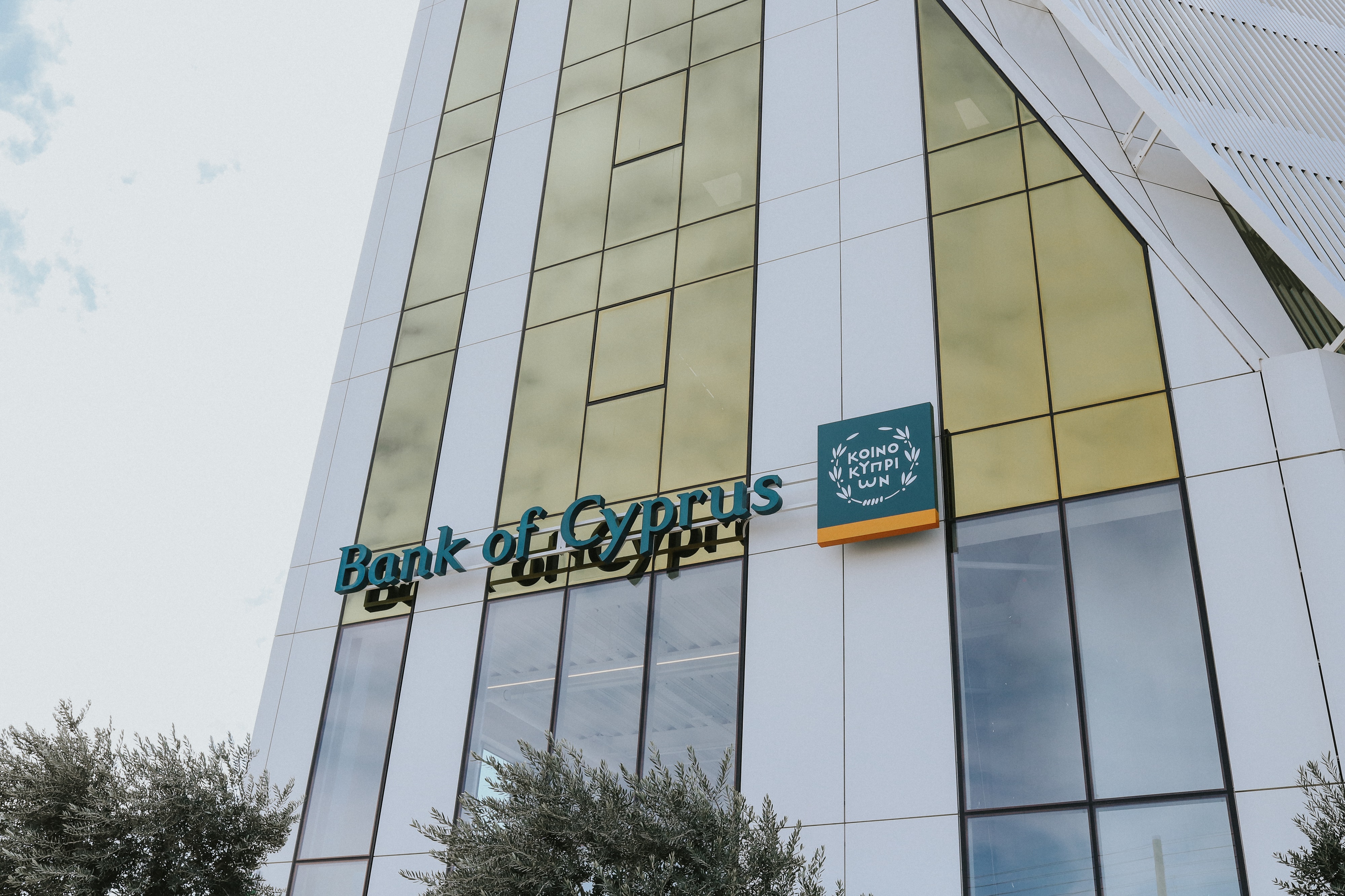International credit rating agency Standard & Poor’s (S&P) this week upgraded the long-term credit rating of the Bank of Cyprus to BB+ with a positive outlook.
This upgrade follows S&P’s recent upgrade of Cyprus’ sovereign credit rating last Friday, which also received a positive outlook.
In addition, the agency explained that the upgrade reflects the bank’s strengthened capital position and robust profit-generating capacity, along with the reduced economic risks in Cyprus.
“We have upgraded Bank of Cyprus and its parent company BOC Holdings based on our assessment that the group’s capitalisation has improved,” S&P stated in a report released on Tuesday evening.
Moreover, S&P noted that even with the decline in favourable conditions due to high interest rates, “we expect Bank of Cyprus’ net interest margin to remain resilient at 350-400 basis points in 2024 and 2025, over 100 basis points above the historical trend but below the historical high of 573 basis points in 2023”.
The agency also highlighted that strict cost control measures would further sustain profitability, with the cost-to-income ratio expected to move towards 44 per cent to 46 per cent by the end of 2026 from a low of 33 per cent at the end of March 2024, still below the average of 66 per cent during the period 2018-2022.
Additionally, S&P noted that it expects a normalisation of risk costs, including provisions for repossessed properties, to below 80 basis points from an average of 100 basis points during 2021-2022.
“This will further bolster profitability as interest rates normalise,” S&P stated, projecting that the group will maintain a return on tangible equity of over 16 per cent this year and 12-13 per cent during 2025-2026.
Regarding the broader banking system in Cyprus, S&P noted that Cypriot lenders have absorbed most credit losses related to balance sheet clean-ups.
“After years of significant non-performing loan sales, securitisations, write-offs, and recoveries, the Cypriot banking sector has largely absorbed the hit to asset quality following the 2012 financial crisis,” S&P explained.
Furthermore, despite the non-performing loan (NPL) ratio being higher than that of European peers, it has continued to decline, reaching 7.3 per cent at the end of March 2024, with the coverage ratio at 53.3 per cent.
S&P also observed that most NPLs are on the balance sheets of smaller lenders, which struggle to offload bad loans through transactions, “negatively impacting the ratio for the entire banking system”.
“As the legacy of troubled loans recedes and economic conditions remain supportive, lenders will gradually expand their activities,” the agency said.
“Although deleveraging continued in 2023, we expect the trend to reverse in 2024, with loan growth averaging 2.5 per cent from 2024 to 2027,” S&P concluded.







Click here to change your cookie preferences